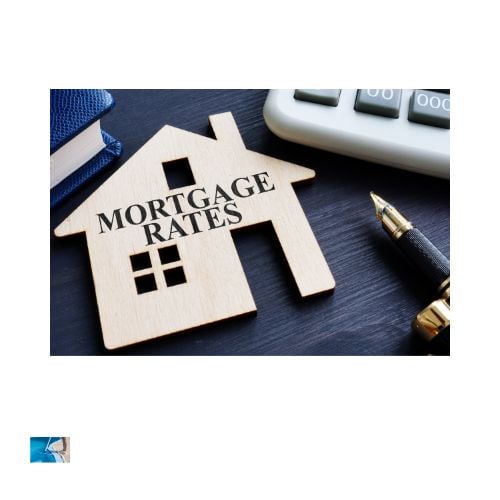Mortgage rates are near all-time lows, and it might be hard to imagine them going even lower. But some loan experts say many banks aren’t giving borrowers the lowest rates they deserve.
It’s a matter of how banks price mortgage loans: a complicated mix of making loans that are attractive to potential investors — often government-backed buyers like Fannie Mae and Freddie Mac — protecting profit margins for higher interest rates to come, and balancing loan demand with available staff. By managing these variables, lenders can have more money to make loans, while remaining profitable and competitive.
Of all the factors that affect your home loan interest rate, most are out of your control — but there are two you can influence to tilt the best-rate odds in your favor.
Investors drive pricing
“Mortgage rates are not so much dictated by the banks as they are by the investors that purchase these loans,” says Anthony Davenport, a former mortgage originator, now a credit management adviser and founder of Regal Financial in New York. And Davenport says 90 percent of mortgage loans are currently bought on the secondary market by Fannie Mae, Freddie Mac or the Federal Housing Administration.
Lenders want to sell their loans to free up more capital to lend and remove the risk that borrowers may default from their books, so they price their mortgages with the rates and terms at which these quasi-government investors will buy them.
Pricing loans now for rising rates later
The mortgage industry has become so competitive that there’s little room, or desire by lenders, to pad interest rates, says Eric Smith, another former mortgage originator and banking executive, now a financial literacy coach in Atlanta. The only exception, Smith says, might be for large mortgages that lenders often keep on their books.
These mortgages, typically $417,000 or over in most areas of the country, known as ‘jumbo loans’ in the industry, exceed size limits set by Fannie and Freddie. Because of that, they aren’t purchased by those government-sponsored entities, so lenders usually hold onto these loans, as well as the relationship with the affluent clients who take them out.
Holding a portfolio of jumbo loans, and concerned that interest rates will rise, lenders might be “inflating that [mortgage] price a little bit to hedge against when short-term rates do start to come up.” That helps to protect their profit margin on low-interest rate loans, Smith says.
Davenport adds that, for jumbo loans held by banks, “they are in many cases borrowing money from places like the Federal Reserve at 0.25-0.50 percent and not passing along the savings to customers.”
Shmuel Shayowitz, president of Approved Funding in River Edge, New Jersey says there are two other instances when banks may hedge rates a bit. Sometimes lenders are waiting to be sure that a lower rate will stick and not rebound immediately, he says. That would leave the bank with a rate locked for a customer that’s lower than a now-prevailing rate.
Other times it may be an effort to manage mortgage demand in order to clear a backlog of loans without adding manpower to handle additional volume, Shayowitz says.
Two ways to get a rate break
While there is little — make that nothing — you can do about bank profit margins or how Fannie and Freddie shape lender pricing, Davenport says there are other cases in which a borrower may not be getting the best rate he or she can get, and sometimes a tactical move or two can make the difference.
First, mortgage rates vary according to a borrower’s FICO score, and, he says, that’s where interest rate adjustments are very real.
“Someone who has a 740 score isn’t really likely to default any more than someone who has a 760 score, but they’re going to pay a higher interest rate,” Davenport says.
Knowing where price breaks fall on the FICO score scale can help a borrower earn a significant discount. For example, if a lender’s discount kicks in at a 700 credit score and yours is 680, you might decide to reduce a credit card balance or two enough to bump your score up to the next level.
Secondly, Smith says consumers looking to get the best interest rate on a mortgage should shop more than one lender and — since lenders are likely to quote a rate with varying discount points built in — “get a rate based on zero discount points.”


